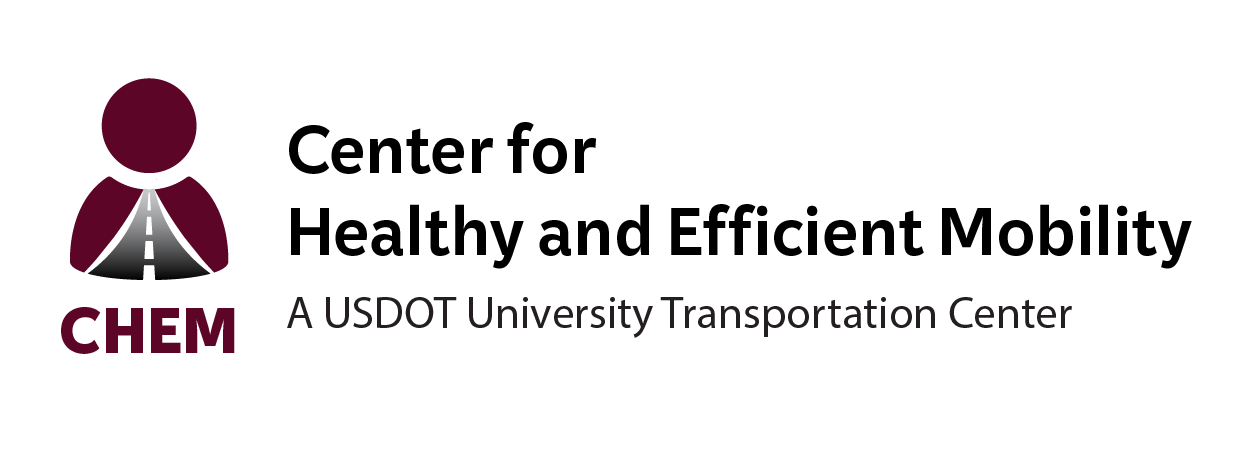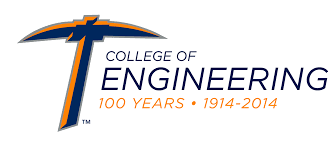Abstract
Traffic congestion (either recurrent or non-recurrent) exacerbates the ambient air pollution by contributing a large amount of additional fuel consumption and tailpipe emissions. However, the relationship between the traffic condition and local (e.g., near-road) air pollutant concentration is not well quantified in previous literature. For example, there is a knowledge gap in understanding the impacts of traffic congestion on the degradation of local air quality. The primary goal of this study is to quantify the contributions to the ambient air quality degradation due to traffic congestion, based on statistical methods. First, the air quality measurement data at a fine temporal resolution (e.g. 1-minute or 5-minute) will be requested from a near-road air quality monitoring station. Then, the air quality data, traffic activities, and weather parameters will be integrated into a database. We propose to apply a nonparametric regression technique (e.g., Multivariate Adaptive Regression Splines (MARS) model) to the integrated database for further exploring the influential factors of traffic congestion for air pollutant concentration. The project results can further be used to guide the policy and decision making to mitigate the negative effects on air quality by traffic activities and provide a foundation to evaluate the proactive strategies/applications at both the vehicle/power-train level and traffic level.
Research Investigators (PI*)
Ji Luo*, University of California, Riverside
Guoyuan Wu, University of California, Riverside
Project Information
Start Date: February 1, 2018
End Date: March 31, 2019
Status: Completed
Grant Number: 69A3551747128
Source Organization: CARTEEH UTC
Project Number: UCR-01-15
TRID URL
UTC Project Information Form
CARTEEH Focus Area(s)
Emissions and Energy Estimation
Data Integration
Sponsor
Office of the Assistant Secretary for Research and Technology
University Transportation Centers Program
Department of Transportation
Washington, DC 20590 United States
Performing Organization
University of California, Riverside
900 University Ave
Riverside, CA 92521




